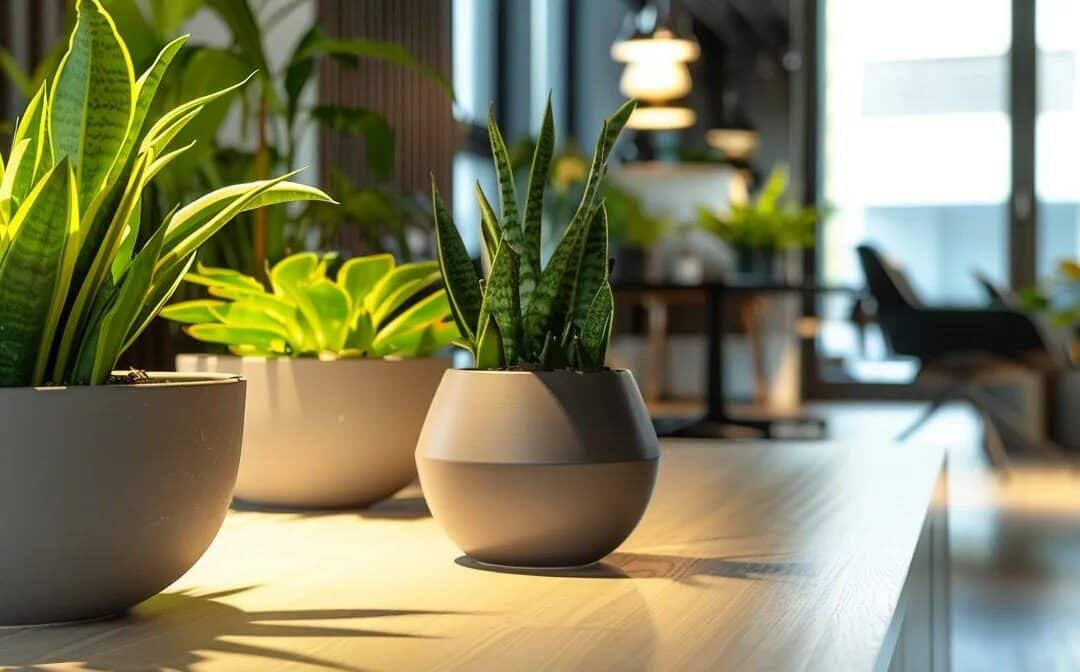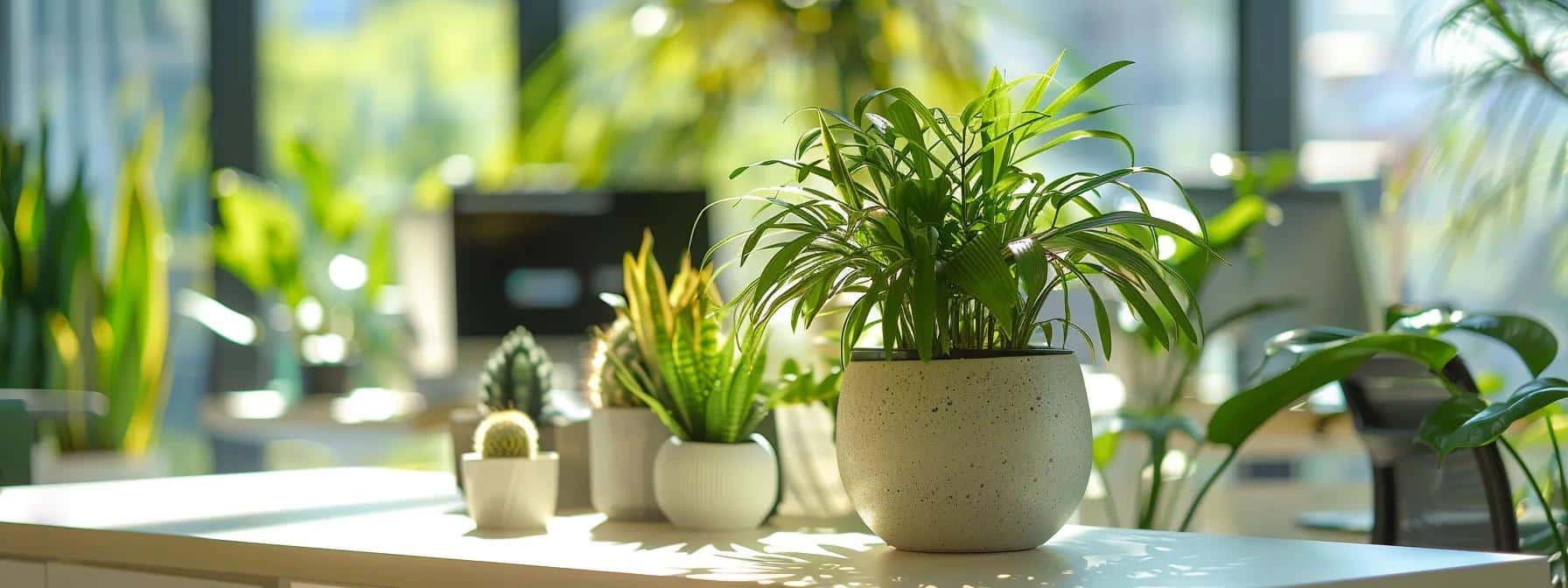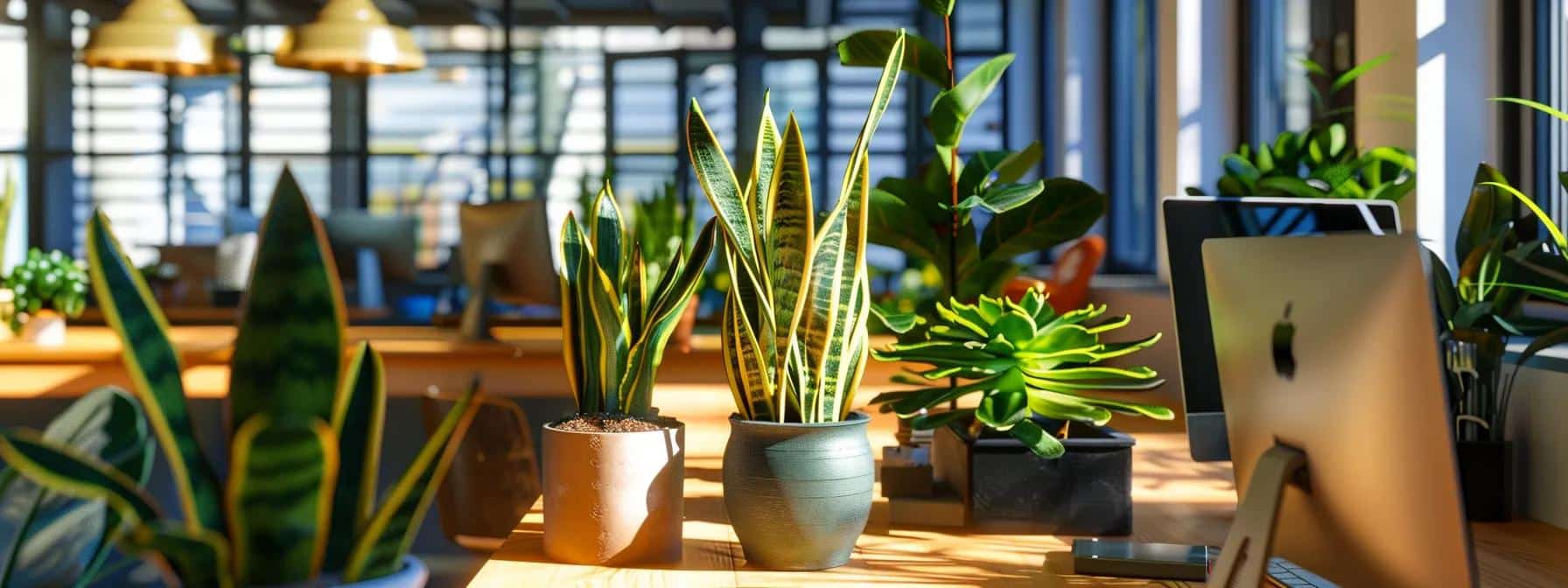Table Of Contents:
- Top Picks for the Best Indoor Plants to Enhance Air Quality
- Discover the Best Indoor Plants to Improve Air Quality
- Understand the Benefits of Indoor Plants for Clean Air
- Assess the Air-Purifying Capabilities of Different Plants
- Identify the Most Common Indoor Plants for Quality Air
- Introduce Low-Maintenance Options for Busy Lifestyles
- Recognize the Best Locations for Optimal Plant Growth
- Learn How to Care for Air-Improving Indoor Plants
- Top Indoor Plants for Filtering Common Indoor Pollutants
- Selecting Indoor Plants Based on Light and Space
- Incorporating Indoor Plants Into Your Home Decor
- How to Care for Indoor Plants to Maximize Benefits
- Essential Tools and Supplies for Indoor Plant Care
- Frequently Asked Questions
Top Picks for the Best Indoor Plants to Enhance Air Quality
Discover the Best Indoor Plants to Improve Air Quality
Understand the Benefits of Indoor Plants for Clean Air
Assess the Air-Purifying Capabilities of Different Plants
Identify the Most Common Indoor Plants for Quality Air
Introduce Low-Maintenance Options for Busy Lifestyles
Recognize the Best Locations for Optimal PlantGrowth
Learn How to Care for Air-Improving Indoor Plants
Top Indoor Plants for Filtering Common Indoor Pollutants
Analyze the Health Benefits of Snake Plants for Air Quality
Examine the Unique Qualities of Peace Lilies in Homes
Explore SpiderPlants and Their Effectiveness in Homes
Evaluate the Role of Rubber Plants in Enhancing Air Quality
Understand BambooPalm's Contribution to Air Purification
Discuss the Air-Cleansing Traits of AloeVera Plants
Selecting Indoor Plants Based on Lightand Space
Incorporating Indoor Plants Into Your Home Decor
Learn Design Tips for Arranging Indoor Plants Effectively
Explore Themed PlantDisplays for Style and Function
Assess the Use of Planters to Complement Home Aesthetics
Discover Creative Ways to Use Plants as Room Dividers
Recognize Seasonal PlantAdjustments for Fresh Looks
Experiment With Color and Texture Combinations
How to Care for Indoor Plants to Maximize Benefits
Essential Tools and Supplies for Indoor PlantCare
Frequently Asked Questions
| PlantSpecies | Main Pollutant Filtered | Key Benefit | Watering Needs | Ideal LightCondition |
|---|---|---|---|---|
| Snake Plant | Benzene, Formaldehyde | Nighttime oxygen release | Low | Low to Moderate |
| Peace Lily | Ammonia, Benzene | Improved humidity, elegance | Moderate | Moderate, indirect light |
| SpiderPlant | Formaldehyde, Carbon Monoxide | Dust and toxin removal | Moderate | Bright, indirect |
| Rubber Plant | Formaldehyde | Large leafsurface area | Moderate, occasional | Bright, indirect |
| BambooPalm | Trichloroethylene, Benzene | Increased humidity | Moderate | Low to Moderate |
| AloeVera | Benzene | Medicinal properties | Low, drought-tolerant | Bright, indirect |







